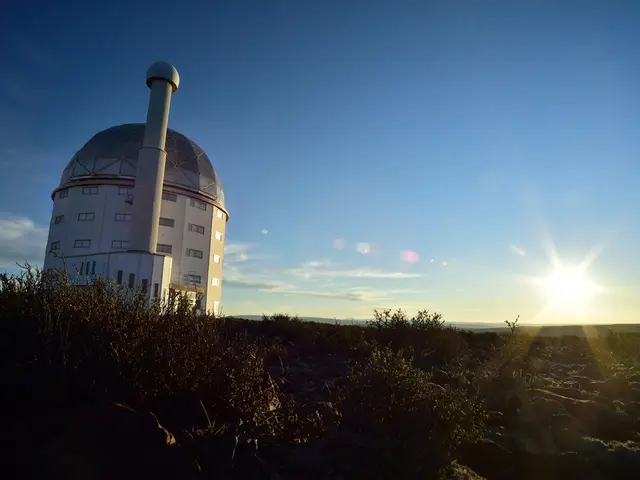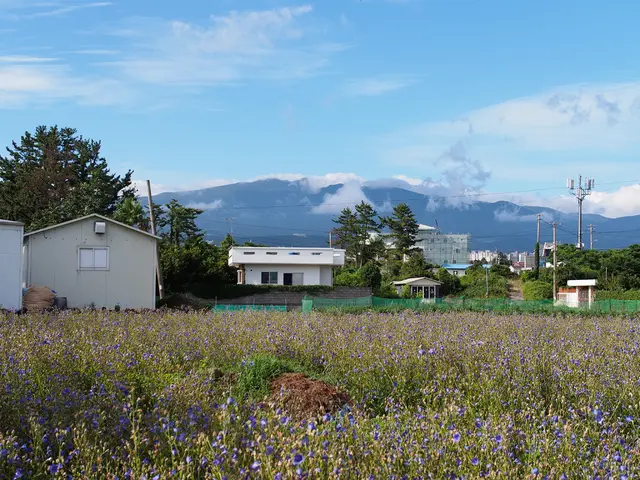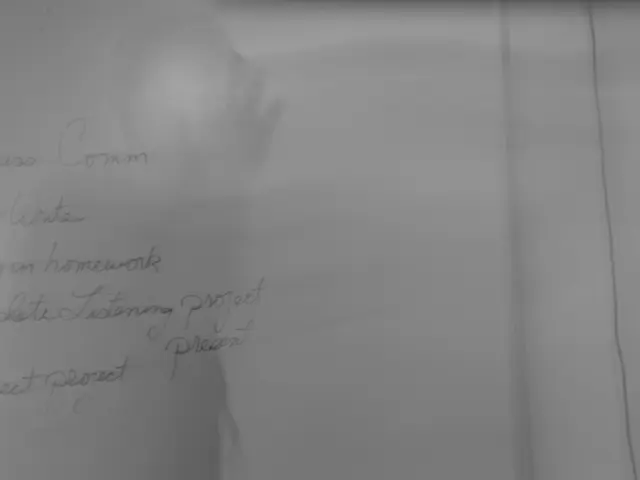Argentina's Energy Future: Balancing Fossil Fuels and Renewables
Argentina's energy landscape is shifting. The government is subsidizing fossil fuel prices until 2020, while also planning to boost energy production from non-conventional hydrocarbons. Meanwhile, renewable energy costs have plummeted, and the country has significant potential for solar and wind power. However, the transition is not without challenges, including environmental concerns and rising electricity bills.
The Argentine government is supporting fossil fuel production by subsidizing gas and oil prices until 2020. This move aims to sustain the industry, which currently accounts for 86% of the country's energy mix. Additionally, the government plans to increase energy production from non-conventional hydrocarbons through fracking in the Vaca Muerta field. However, a UN report has raised concerns about the adverse impacts of fossil fuel extraction on local residents and indigenous Mapuche communities in the region.
In contrast, the installed cost of renewable energies has decreased significantly. Between 2010 and 2017, solar PV projects fell by 73%, and onshore wind projects by 22%. Argentina has substantial potential for solar and wind energy, particularly in its northwest region and 11 provinces. The country aims to generate 20% of its energy mix from renewable sources by 2025.
Companies like Siemens Energy are supporting the increased use of renewable energies in Argentina. There are plans for significant expansion of wind energy parks in Patagonia and other regions, though a comprehensive state-supported wind energy program is largely absent except in Chubut province.
Non-conventional oil and gas production in Argentina grew by 30% and 22.2% respectively in 2017. However, electricity bills in Buenos Aires have increased by 562% between 2015 and 2017 due to adjustments and elimination of subsidies.
Argentina's energy future is complex. While the government supports fossil fuel production and plans to boost non-conventional hydrocarbons, the country's significant renewable energy potential and decreasing costs present an alternative path. However, addressing environmental concerns and managing electricity bill increases will be crucial in shaping Argentina's energy mix.








